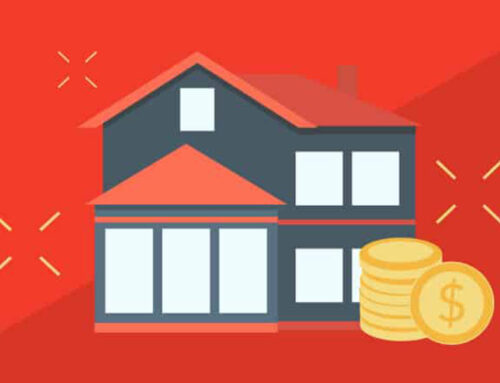It’s been a long-distance run for many investors here in Chicago as recent years have brought turbulence to our local real estate market. Luckily, I saw an opportunity to buy distressed homes in key areas when the housing bubble burst and I held these homes as rentals. Now, the 2019 Chicago housing market forecast makes it look like I can apply that same strategy once again. With even more corporate expansions and relocations expected to arrive in the Windy City, Chicago is expected to harness more jobs again this year, and gain more residents, triggering a further increase in rents. While it may seem like there are fewer chances for buying distressed homes to rehab and rent out, if you know how to find a deal you can capitalize on this rising rental demand and sell later when the market finally balances out—or even now, if the price is right.
CHICAGO’S HOUSING MARKET FORECAST IS CHANGING FOR INVESTORS
The Chicago housing market has been one of the slowest to recover since the housing bubble burst, but it is heading in the right direction for investors. By the second quarter of 2018, almost 9% of homeowners were still underwater on their mortgages—more than twice the national average, but two percentage points less than the same time in 2017. And, while the shadow inventory of foreclosed homes in Chicago remains, it is shrinking. Overall, home prices remain at below pre-crash numbers, but there have been gains. So, it is expected that prices will recover city-wide in just another year or two. All this means that if you can find a distressed property now, you can sell it later at a potentially rising price point.
But, where should you be looking to buy? While prices within The Loop have already more than recovered, there are some neighborhoods that still hold promise for finding a great investment property. Prices in the Bridgeport/Brighton area, for instance, have escalated more than 70% over the last 10 years, but still remain about 22% below their peak, according to the Institute of Housing Studies at DePaul University. The Humboldt/Garfield Park area has seen gains of more than 86% since 2000 and some of the city’s newest up-and-comers, like Gage Park/West Lawn, have watched prices jump by about 76% during the same time. These neighborhoods still face challenges, of course, and most of the property values still hover beneath pre-crash levels. But, buyers and renters are increasingly looking in these areas as they find themselves priced out of places like Logan Town and West Square.
These up-and-coming neighborhoods deserve serious consideration, particularly for investors who plan to maintain Chicago-area investment opportunities as rental holdings. Rental activity city-wide remains strong despite the glut of new apartment developments in recent years, which were primarily in the luxury housing class and which, for a time, drove occupancy rates and rent prices down. However, occupancy and rent prices in both the luxury and Class B sectors, or older buildings, rose in 2018. But, with new construction coming down the pipe in the Class A market this year and next, you can expect rent prices in this sector to dip again. It’s in Chicago’s median and low-income rental market that you’ll see your efforts continue to pay off.
Rebounding housing values in these underdeveloped areas may come sooner than expected since several major corporations, like Echo Global Logistics and Beam Suntory, expanded or relocated to Chicago last year. McDonald’s also completed the building of its new corporate headquarters in the West Loop. These developments have brought thousands of new residents, and almost as many jobs, to the area. With several other companies announcing similar plans to expand or relocate to the Windy City, including O’Hare International Airport and GE Healthcare, employment opportunities will continue to rise. And, so will the need for more housing—and the possibility of building your real estate portfolio with Chicago rental investment properties.
You may not able to sell an investment house at an optimal price point just yet as it’s still a buyer’s market, but the housing market forecast for Chicago points to a great opportunity for many real estate investors to buy and hold. And, provided you can find fixer-upper homes for sale below market value and keep the renovation costs low, you may be able to sell those investment houses for decent returns now, too.
HOW TO FIND GOOD DEALS ON CHICAGO INVESTMENT PROPERTIES
While inventory is shrinking, finding the best Chicago real estate investing opportunities to gain the highest potential ROI can still be achieved. The key is to buy properties in target neighborhoods and either hold them as a rental until home prices peak again or ensure that you’re able to keep all costs low—especially your purchase price—so that you can potentially sell high. But, to find good deals, you need the right real estate investor lead generation system. Homeowners who find themselves in need of “solutions for ugly situations®,” whether it’s due to a divorce, job loss, or another life-changing event, are almost always anxious for help. So, whether you decide to buy and rent or sell in Chicago, your chances for finding motivated sellers, and making a difference in their lives and in your community, aren’t as small as they seem.
HomeVestors® does more than keep a finger on the pulse of the local real estate investment trends. To learn more about how you can take advantage of some of the best real estate investing tools and resources, contact HomeVestors today.
Each franchise office is independently owned and operated.
Contact
"*" indicates required fields




